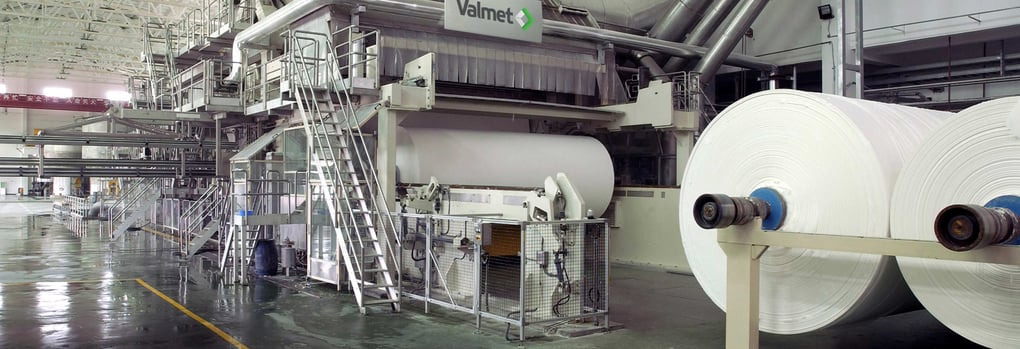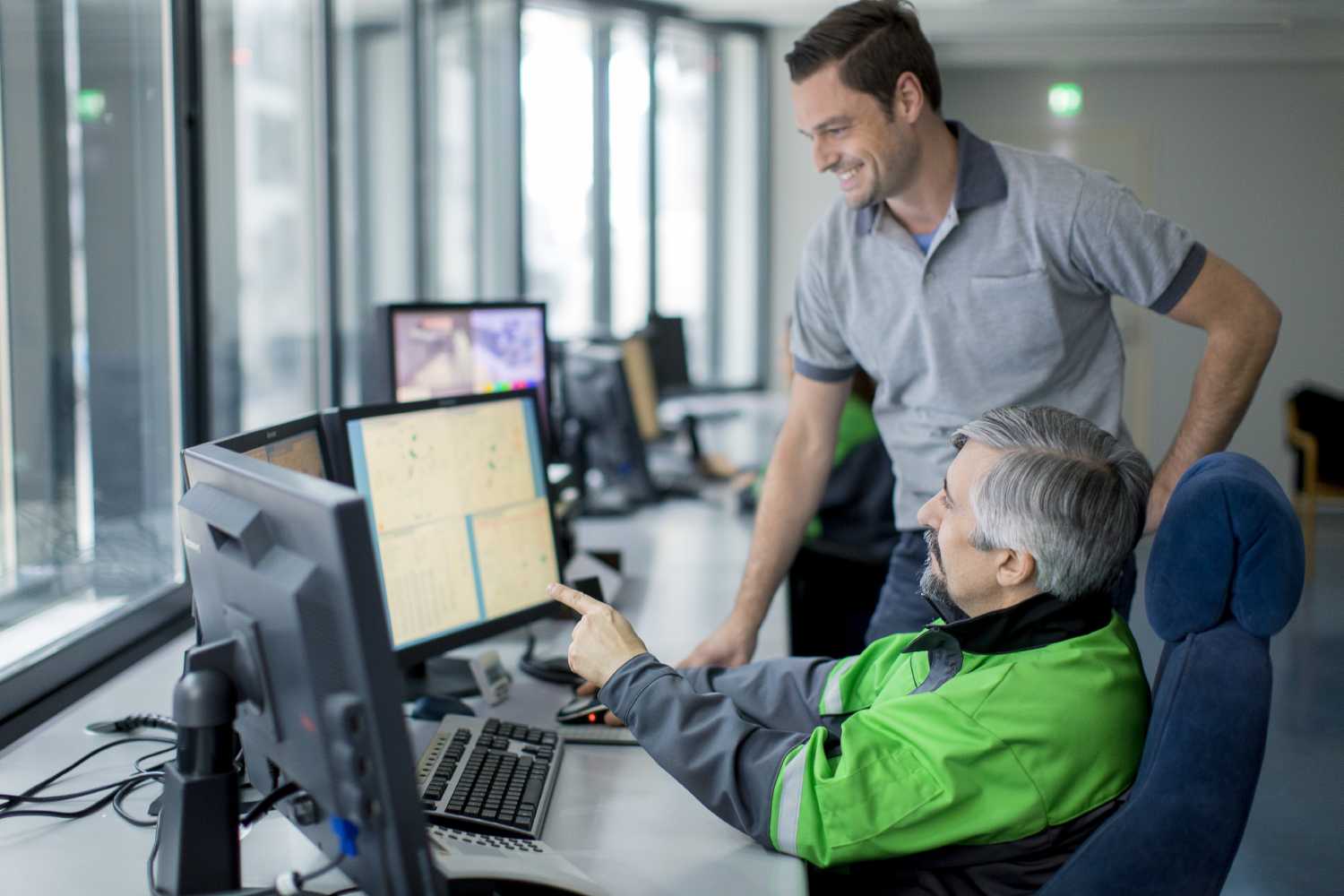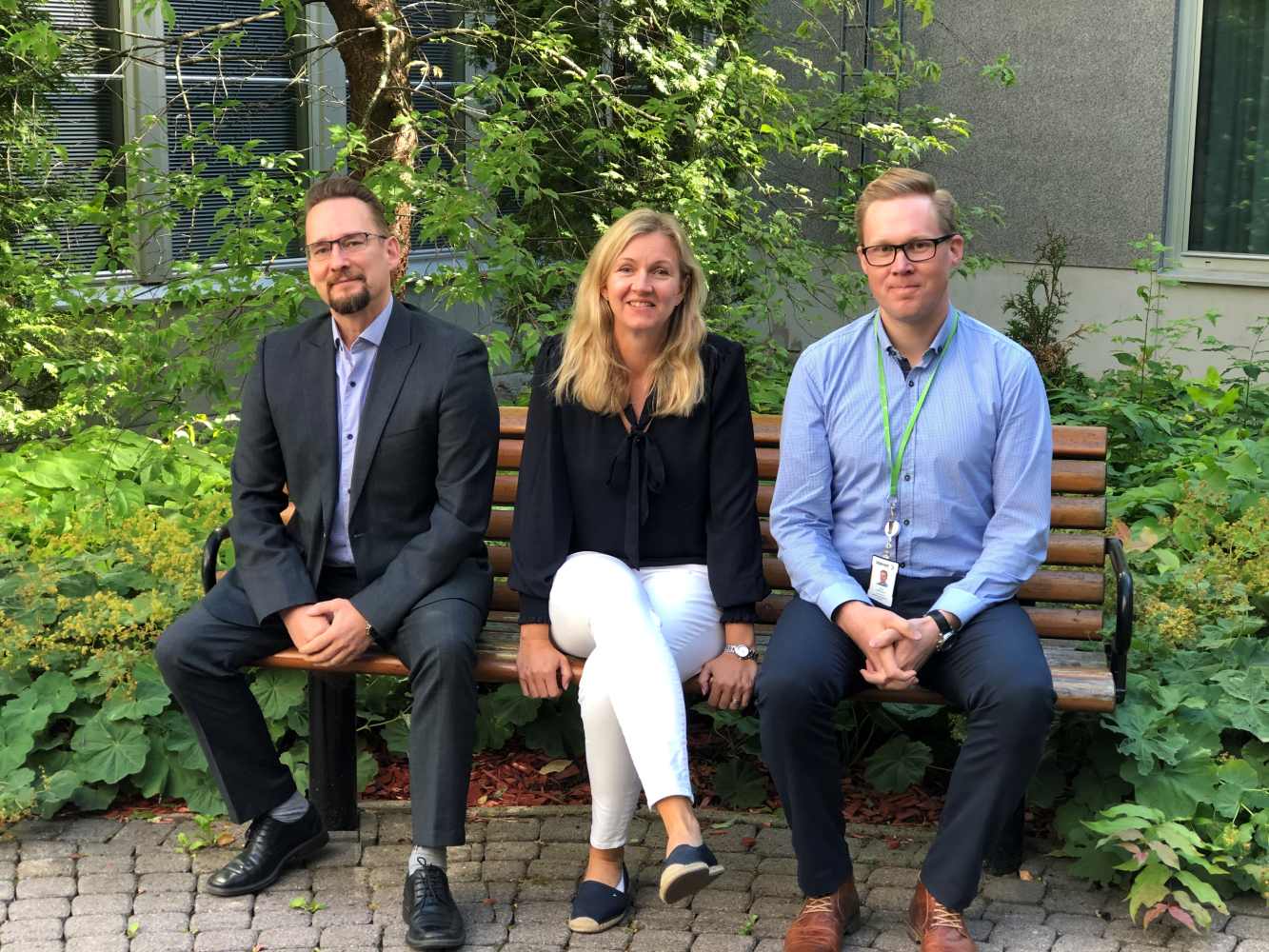
Client:Valmet
Industry:High Tech
Region:Europe
Empowering employees behind impressive RPA drive at Valmet

5 mins
VAT reporting reduced from 2-3 days to 5 minutes
3 hrs
Supplier master data validation process reduced from 2-3 days to 3 hours
5 weeks
Fast-track program delivers new software robotics enabled automations into production in on average 5 weeks
ERP
Software robots relieve respourcing pressures during major ERP transformation program
15 FTEs
New inter-company buying automation has potential to save 15 FTEs per year
Client Overview
Headquartered in Espoo, Finland, Valmet is the leading global developer and supplier of technologies, automation and services for pulp, paper and energy industries.. With an annual turnover of approximately 3.5 billion euros in 2019, the company employs over 13,000 employees and operates in more than 30 countries worldwide.
Partner

Valmet has set ambitious targets for its use of RPA. Working with UiPath’s service delivery partner digital workforce, it’s making good progress in achieving them.
Valmet is the global leader in technology and service solutions across a wide range of industries but isn't content with what it’s doing. The company has the vision to become the global champion in serving its customers. This includes continuously improving its process efficiencies and productivity. When it began its software robotics automation journey in 2019, Valmet joined forces with UiPath partner, digital workforce, to implement a highly aggressive robotic process automation (RPA) program.
Automating various employee tasks and processes has been part of the IT landscape at Valmet for many years. Because of this, the company quickly saw the potential for RPA to remove mundane and repetitive tasks from employees and release them into more productive activities. After successful pilots, the company decided it wanted to move forward with RPA quickly. Very quickly!
Janne Järvinen, IT Manager and Head of Software Robotics at Valmet, says: “Our RPA vision was to reach a level of automation maturity in three years that has taken peer companies five. We set ourselves the goal of automating 70 processes by the end of 2021. The automation journey really began in June 2019 and, in May 2020 alone, we delivered four new automations into production so we’re advancing nicely.”
The software robotics automation journey really began in June 2019 and, in May 2020 alone, we delivered four new automations into production so we’re advancing nicely.
Janne Järvinen • IT Manager and Head of Software Robotics at Valmet
Establishing the correct building blocks
“In assessing the potential for software robotics, I saw that we could accelerate our deployment of automations by stripping away all unnecessary step to get to a point quickly where we’re actually delivering industrialized automations. Key to this was a comprehensive software robotics platform and a great development partner that would allow us to focus on properly defining the processes and building our opportunity pipeline,” says Janne.
Valmet selected UiPath technology and digital workforce as its development partner as they could deliver RPA-as-a-Service. Janne explains: “We had established virtual servers for our pilots so deploying RPA-as-a-Service was an ideal fit for us. We didn’t want to spend time on the run management side of things. We wanted to concentrate on getting things to go forward with robotics.”

The company established a software robotics management committee – including the automation team and members from finance, IT and HR – to drive the program. An operating model was developed and a center of excellence created to handle process design and development centrally while working with all parts of the business to build their automation capabilities. Valmet then looked to recruit RPA leads from within each of the business units and functions to drive the adoption of automation in their area and help build their own opportunity pipeline.
Culture, not technology is key to enterprise scalability
This all begins with establishing the RPA Lead’s own automation pilot. One of the RPA leads, Ahti Väätäinen, Manager of Project Management and Implementations in Global Financial Operations at Valmet, explains: “Seeing is believing. It has to be your own eyes and your own hands doing it. This builds real ownership within the function as people see what automation can do for them.”
For example, one of the first automations within Ahti’s function, the Global Financial Operations (GFO), was for VAT filing and reporting. At the end of each month, the company is legally obliged to file VAT amounts with the government. This can be an extremely lengthy manual process involving a great deal of data extraction, reconciliation and validation at the busiest time of the month. It took an accountant between two and three days to complete the task. The software robot was able to do it in five minutes.
According to Ahti, time saving is not the key benefit. He says: “The time saved happens during the crucial month end period. These minutes are more valuable to us than at other times. Repetitive actions are replaced with process exception management so our highly qualified staff can concentrate on what they’re best at. This really shows the value of automation.”
The time saved happens during the crucial month end period. These minutes are more valuable to us that at other times.
Ahti Väätäinen • Manager of Project Management and Implementations in Global Financial Operations at Valmet
Another automation within GFO involved the validation of supplier master data that took two to three days manually and less than three hours when automated. More than this, because it was so resource intensive, the manual process was only run each quarter to meet statutory requirements. The automated process can be run much more frequently to improve data quality and enhance compliance with this key process.
Janne Järvinen believes that examples like this are essential to enable automation to scale across the organization. He says: “Scaling isn’t about technology or manpower. Those are easy things to solve. It’s all about culture. It’s about developing the culture and training to help people to understand automation, get experience in working with and documenting processes, and be committed to building automaton in their area. That’s where we start to see the enthusiasm to grow.”
Scaling isn’t about technology or manpower. Those are easy things to solve. It’s all about culture.
Janne Järvinen • IT Manager and Head of Software Robotics at Valmet
Another RPA lead, Outi Laitiainen, Director of Global Logistics in Services Supply Chain at Valmet, agrees: “Our experience of software robotics has been very positive. Our first automation has saved a significant amount of time and we can see the potential benefits. Let’s face it, we all have valuable things we should prioritize, and with help of robotics we can release time from routines to tasks requiring more attention.”
Being ambitious means thinking differently
To meet its aggressive targets, Valmet has developed its software robotics fast-track program. This brings together business, automation and IT teams to accelerate to early design and definition stages as well as using pre-defined automation templates where possible to accelerate the development process.

From left to right: Janne Järvinen, Outi Laitiainen, Ahti Väätäinen
According to Janne: “We have to think a bit differently. We need to deliver high performance and high quality automations to testing timescales. Using our fast-track approach, we’re able to deliver a complete automation from initial idea into enterprise production in as short time as a few weeks.”
How ERP transformation relies on software robotics
Valmet’s objective for RPA has been to release staff for more productive work while improving process efficiency and data quality. However, the company is currently undergoing a large ERP transformation program where software robots are also showing their benefits.
The ERP transformation program is set to run for few more years and this is giving rise to a large number of short and long term resourcing issues. We can’t complete all the processes and integration of legacy systems manually so without software robots we will be in trouble.
Janne Järvinen • IT Manager and Head of Software Robotics at Valmet
For example, the company is currently working to automate its process for inter-company buying that involves interfacing with multiple different ERP systems. Janne believes that this one robot will be able to release manual labor to more productive work equivalent of 15 FTEs per year.
Developing the scope and reach of software robotics
The software robotics program is accelerating and has already begun to set new targets for the year ahead. It two key objectives will be to begin introducing attended robots and bring artificial intelligence (AI) and RPA together within its automations. Janne believes that this type of intelligent automation that can enrich the robot’s work is the important step into the next stage of Valmet’s automation journey.
He concludes: “I hope that this will be the year when we really begin to excel with software robotics. It will be the year where our employees see its power to transform their daily work and will begin to look to the potential to automate within their processes and workflows. I want this to be the breakthrough year where automation for us simply becomes business as usual.”
Related case studies
Ready for your own case study?
Speak to our team of knowledgeable experts and learn how you can benefit from RPA.




